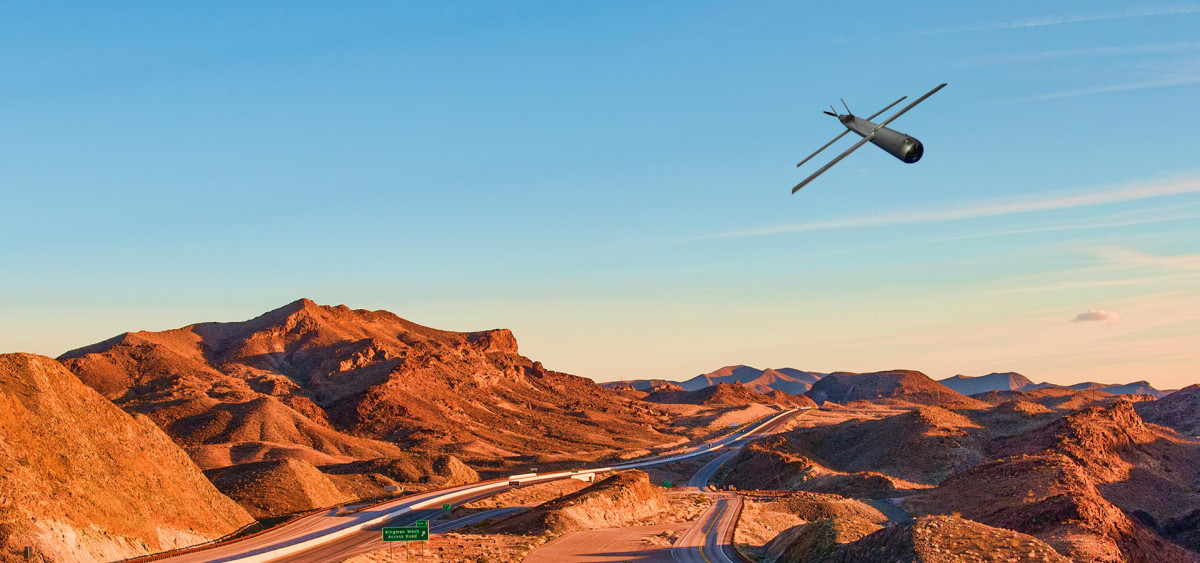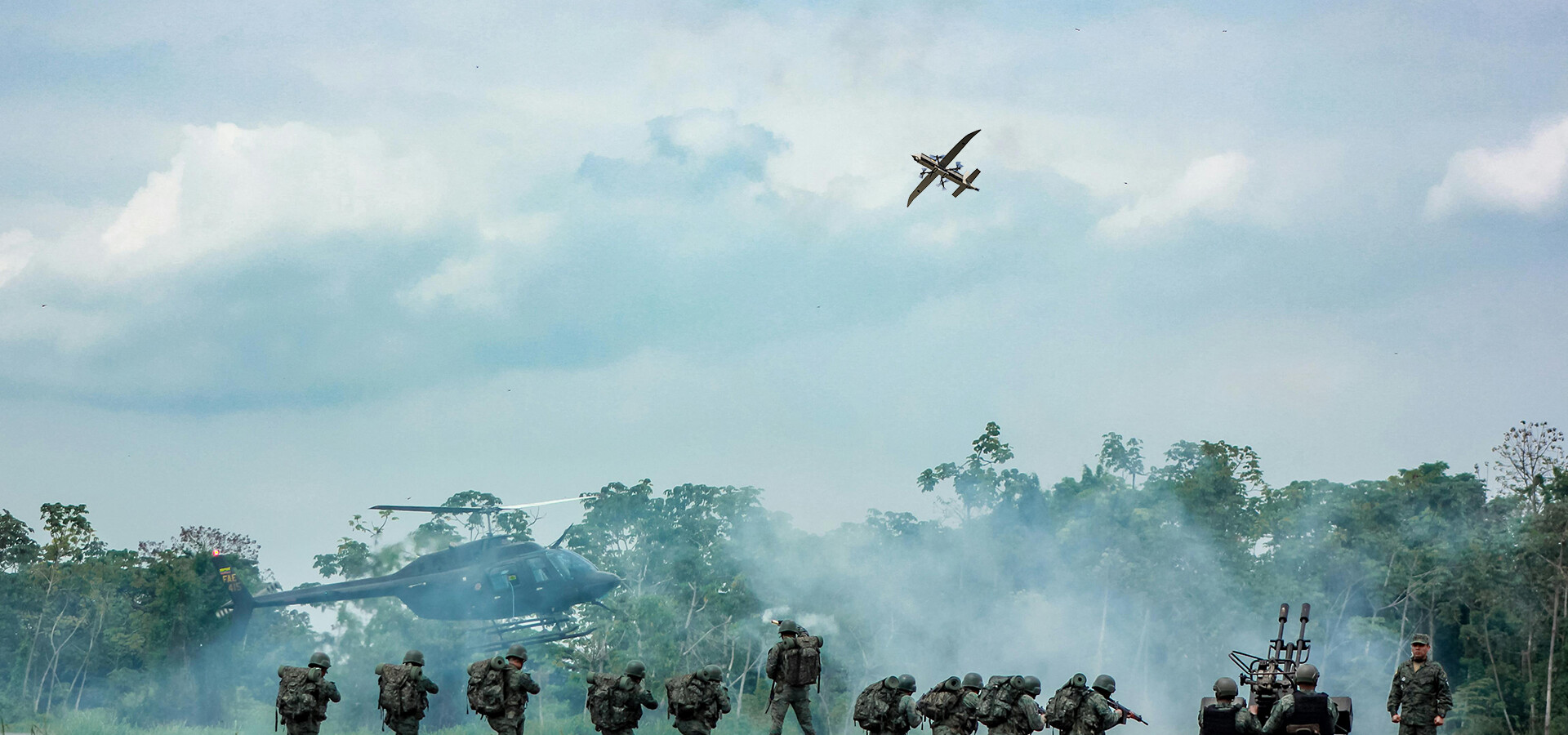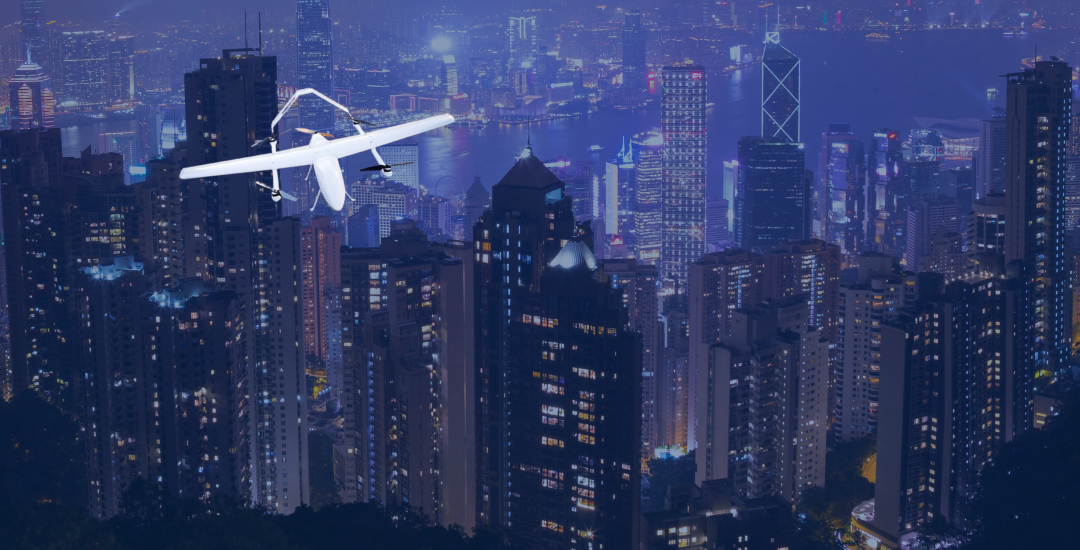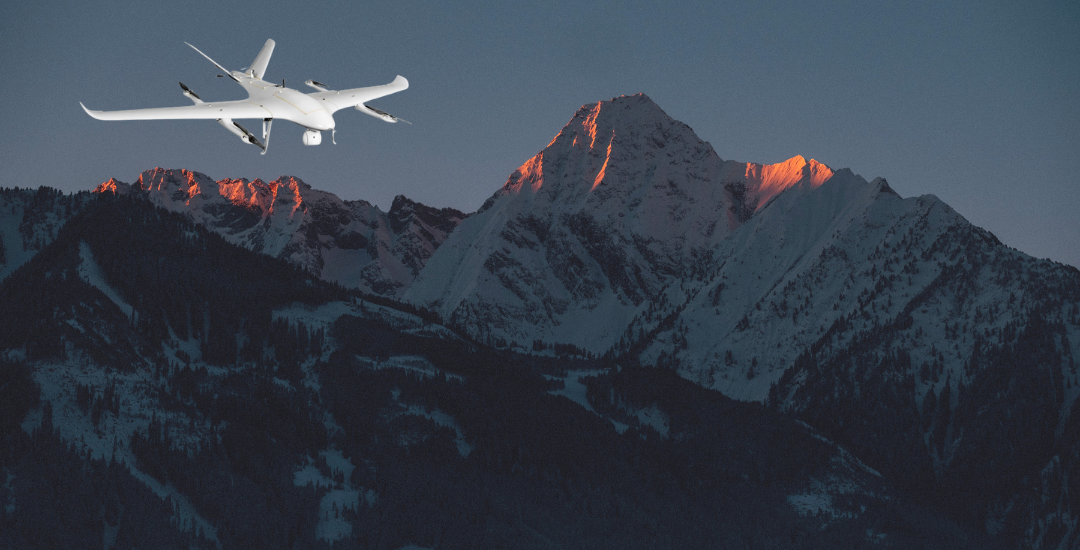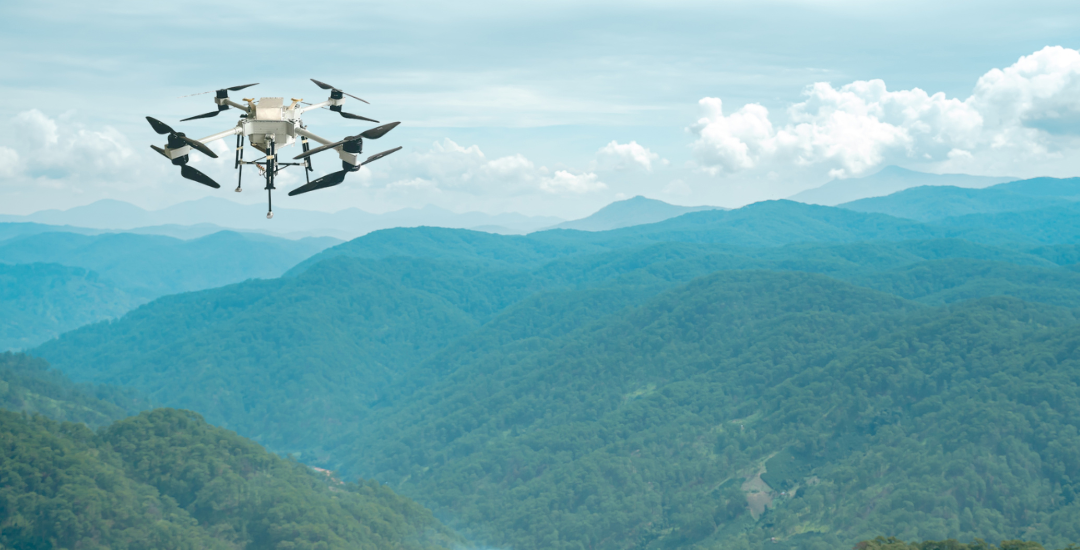NEWS
Home > News
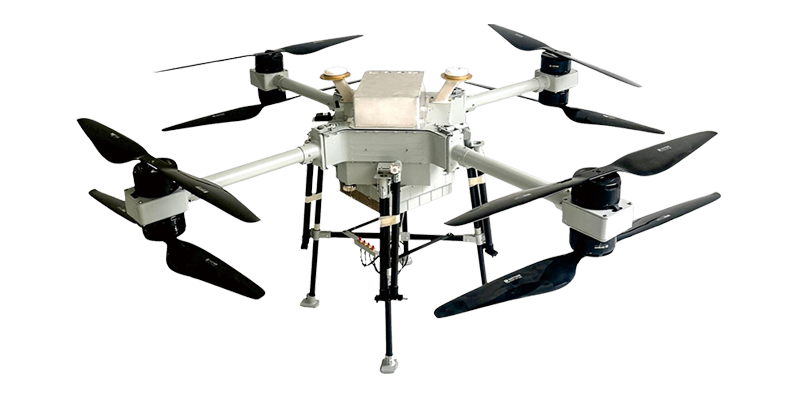
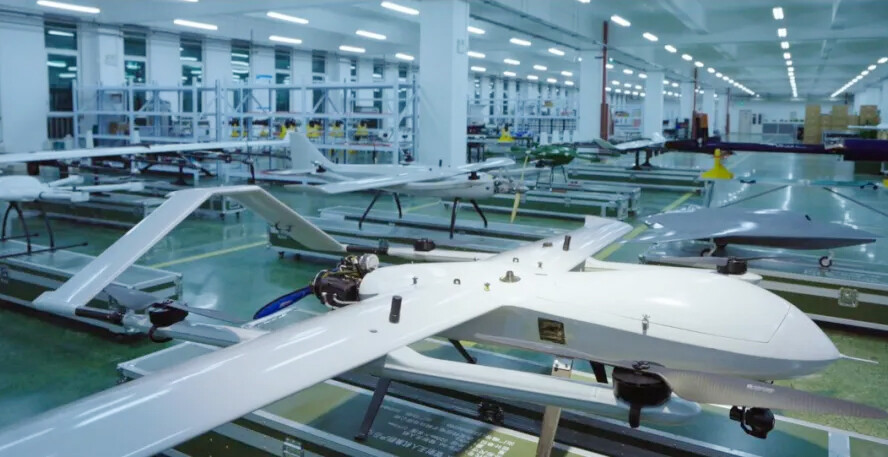
Military UAVs (Unmanned Aerial Vehicles) have transformed the modern battlefield, offering unparalleled capabilities in reconnaissance, precision strikes, and surveillance. These aerial systems are now integral to military operations, helping to save lives and execute missions with unprecedented accuracy. This article provides a comprehensive list of military UAVs, highlighting their roles, features, and global impact.
Categories of Military UAVs
Military UAVs come in various shapes and sizes, categorized based on their mission and capabilities:
Tactical UAVs: Designed for battlefield reconnaissance and situational awareness.
Strategic UAVs: High-altitude drones for long-range intelligence and surveillance.
Combat UAVs (UCAVs): Armed drones for offensive missions.
Loitering Munitions: Drones designed for one-time precision strikes, also known as "kamikaze drones."
Multi-role UAVs: Versatile drones capable of ISR (intelligence, surveillance, and reconnaissance) and combat roles.
Comprehensive List of Military UAVs
1. MQ-9 Reaper (USA)
- Role: Multi-role drone for ISR and precision strikes.
- Key Features:
- Endurance: 27 hours.
- Payload: 3,850 lbs.
- Armament: Hellfire missiles and laser-guided bombs.
Applications: Widely used in counterterrorism and intelligence missions.
2. RQ-4 Global Hawk (USA)
- Role: High-altitude surveillance UAV.
- Key Features:
- Endurance: 32 hours.
- Sensors: Advanced imaging and radar systems for all-weather surveillance.
Applications: Strategic intelligence gathering for global military operations.
3. Bayraktar TB2 (Turkey)
- Role: Tactical combat UAV.
- Key Features:
- Endurance: 27 hours.
- Payload: 330 lbs.
- Armament: Laser-guided munitions.
- Applications: Used in conflicts in Libya, Syria, and Ukraine.
4. Wing Loong Series (China)
- Role: Multi-role UAV for ISR and combat.
- Key Features:
- Endurance: 20+ hours.
- Armament: Precision-guided bombs and missiles.
- Applications: Widely exported to Asia, Africa, and the Middle East.
5. CH-4 Rainbow (China)
- Role: Tactical UAV for surveillance and strikes.
- Key Features:
- Endurance: 40 hours.
- Payload: 770 lbs.
Applications: Popular in cost-sensitive markets seeking reliable UAVs.
6. Blueflyplus ZTFD-10-43
Role: Tube Launched UAV
Key Features: It can quickly enter the combat area, characterized by strong penetration survival ability, flexible tactical application, long cruising time, wide scope of action, low cost, high benefit-cost ratio, small size, small radar cross section and strong stealth ability.
Applications: The serial front and rear wings and double vertical tail aerodynamic layout form are adopted, which have good lift-drag characteristic; The system is mainly composed of flight control unit, antenna feeder, power unit, parachute recovery, missile-borne electrical system and mechanism accessories, mission payload, and launching device.
7. Dassault Neuron (France)
- Role: Stealth UCAV for offensive missions.
- Key Features:
- Technology: Radar-evading design.
- Payload: Classified.
- Applications: Experimental UAV demonstrating future European combat drone technologies.
8. Harop (Israel)
- Role: Loitering munition UAV.
- Key Features:
- Endurance: 6 hours.
- Payload: Explosive warhead.
- Applications: Anti-radar missions and high-value target strikes.
9. XQ-58A Valkyrie (USA)
- Role: Loyal wingman UAV for manned aircraft.
- Key Features:
- Technology: AI-powered and cost-effective.
- Speed: Near supersonic.
Applications: Collaborative missions with fighter jets.
10. Eurodrone (EU)
- Role: Strategic multi-role UAV.
- Key Features:
- Endurance: 20+ hours.
- Technology: Designed to meet European defense requirements.
- Applications: ISR and combat missions for NATO forces.
11. ZALA Lancet (Russia)
- Role: Loitering munition UAV.
- Key Features:
- Payload: Explosive warhead.
- Range: Medium-range precision targeting.
- Applications: Tactical support for ground forces.
Loitering Munitions: A Subcategory of UAVs
Loitering munitions are becoming increasingly popular for their unique combination of ISR and offensive capabilities. Notable examples include:
- Switchblade (USA): Compact drone for tactical strikes.
- Harpy (Israel): Anti-radar loitering munition.
- Shahed-136 (Iran): A cost-effective drone for regional conflicts.
The Role of UAVs in Modern Warfare
Military UAVs have significantly altered the dynamics of modern warfare:
Surveillance: UAVs provide real-time intelligence for ground troops and command centers.
Combat: Armed drones deliver precision strikes with minimal collateral damage.
Logistics: UAVs support supply chain management in hostile environments.
Electronic Warfare: Loitering munitions disrupt enemy radar and communication systems.
Future Trends in UAV Development
The future of military UAVs lies in:
Swarm Technology: Coordinated missions using multiple drones.
AI Integration: Enhancing autonomy for ISR and combat operations.
Stealth Capabilities: Improved designs to evade detection.
Energy Efficiency: Longer flight times and reduced operational costs.
Conclusion
The military UAVs listed above showcase the incredible versatility and innovation shaping modern defense strategies. From tactical drones like the Bayraktar TB2 to strategic giants like the RQ-4 Global Hawk, UAVs have redefined how nations conduct warfare. As technology continues to evolve, these systems will play an even more critical role in maintaining global security and stability.
SHARE:
Send a Message
RECENT POSTS
 How VTOL Drones Are Transforming Delivery Services2025-03-28
How VTOL Drones Are Transforming Delivery Services2025-03-28 VTOL Drones vs. Fixed-Wing & Multirotor: Pros and Cons2025-03-21
VTOL Drones vs. Fixed-Wing & Multirotor: Pros and Cons2025-03-21 Top 10 Safety Tips for Operating VTOL UAVs in Urban Areas2025-03-14
Top 10 Safety Tips for Operating VTOL UAVs in Urban Areas2025-03-14 Choosing the Right Fixed-Wing UAV for Your Needs2025-03-07
Choosing the Right Fixed-Wing UAV for Your Needs2025-03-07 What Is a VTOL Aircraft? A Beginner’s Guide2025-02-24
What Is a VTOL Aircraft? A Beginner’s Guide2025-02-24
Get in Touch
Please use the form below to get in touch.
If you need a reply we will get in touch as soon as possible.

